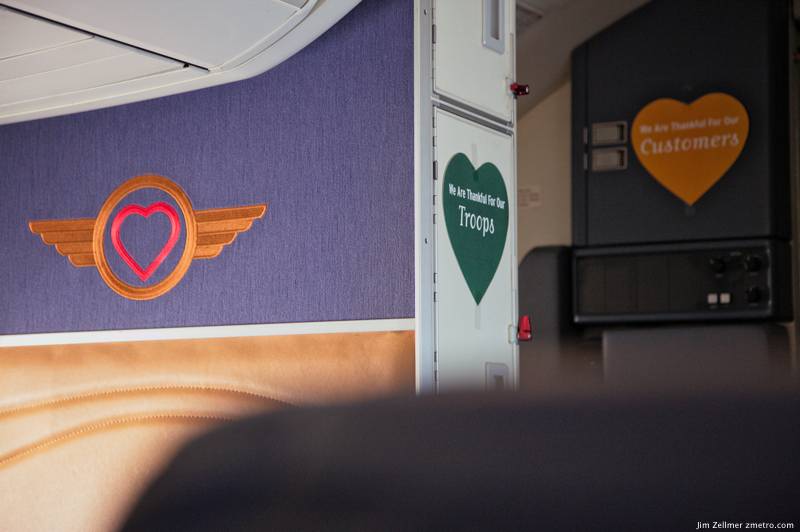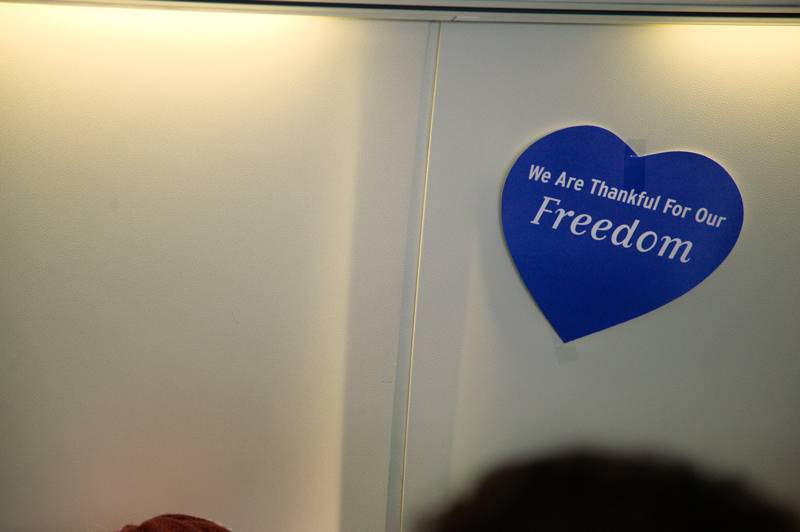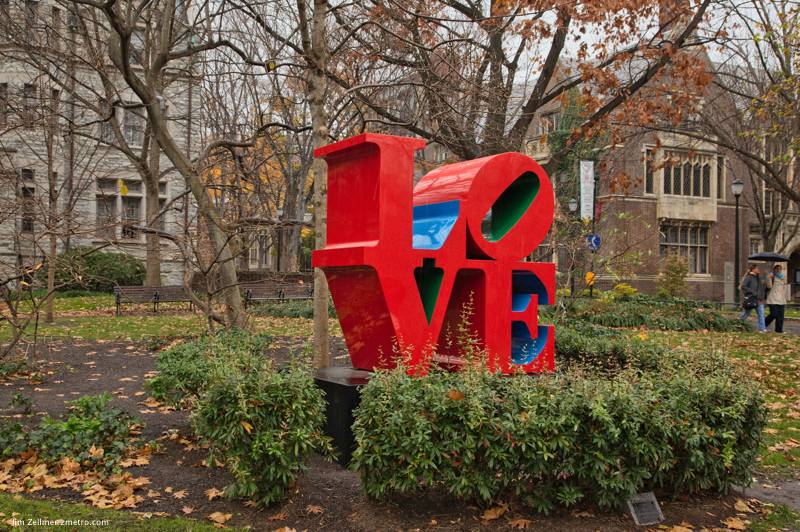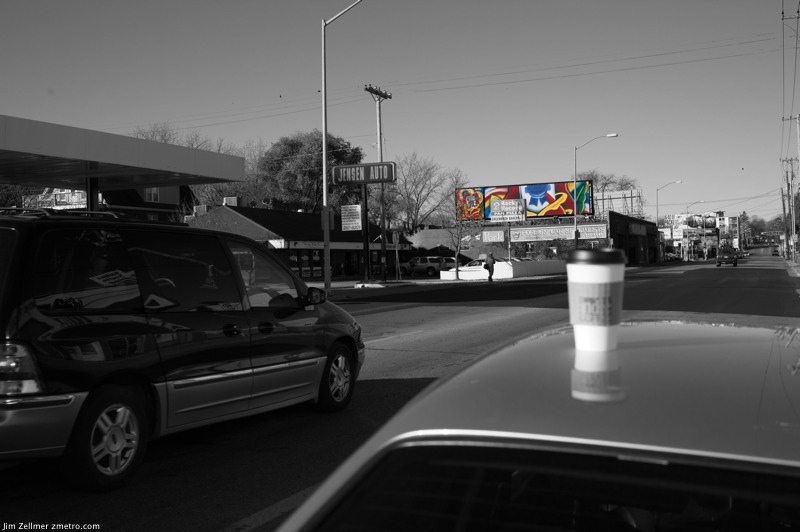For a brief, surreal moment, the prevailing narrative in Washington was that the 2008-09 bail-outs were not really so bad. In September, Treasury secretary Tim Geithner called the government’s troubled asset relief programme “one of the most effective emergency programmes in financial history”, claiming that the final cost to taxpayers would be less than $50bn.
Steven Rattner, the Wall Street banker who oversaw the Obama administration’s rescue of the auto sector, wrote in the Financial Times in October that “without exaggeration, this legislation [establishing Tarp] did more to keep America’s financial system – and therefore its economy – functioning than any passed since the 1930s”.
But Wednesday’s document dump from the Federal Reserve – a congressionally ordered “WikiLeak moment” – puts this bargain-bail-out patter in a new perspective. The post-Lehman rescues were far broader than Tarp, and far riskier for taxpayers, even if the alternative of a systemic meltdown would have been worse.
Category: Culture
Why the iPad should rival the web
Richard Branson and Rupert Murdoch are entrepreneurs with an admirable record of ignoring conventional wisdom, so it is worth watching when they do the same thing at once.
In this case, they are launching iPad-only publications. Sir Richard bowled into New York on Tuesday to unveil a £1.79 or $2.99 monthly magazine called Project, while Mr Murdoch is about to launch a “newspaper” called The Daily, for which he hopes 800,000 people will pay $1 a week. Both will charge readers in an era when most internet publications are free.
The fact that Mr Murdoch will separate his new daily publication from “the open web” by publishing on the iPad has provoked scepticism and hostility in digital media circles. “Murdoch keeps fighting the internet and the internet keeps on winning,” wrote Mathew Ingram, of the GigaOm technology blog.
This fits into a bigger debate about whether companies are balkanising the web to gain economic leverage. Tim Berners-Lee, the British scientist who invented the World Wide Web, complained in Scientific American about Facebook’s private accumulation of data, and of print publishers’ “disturbing” wish to create closed worlds.
In search of a lightning bolt of rational thought.
In the midst of the biggest green car push in automotive history – what with Chevrolet touting its extended-range electric Volt as the greatest thing since sliced bread while crossing green swords with Nissan, which is shouting similar missives from the rooftops about its all-electric Leaf – it has become readily apparent that the vast majority of the American consumer public couldn’t be bothered. As in they couldn’t care less. That is unless someone – i.e., Washington – is throwing money at them to care.
Hybrid sales in this market are going to finish the year down again, which will mark three straight years of decline, and this includes the $4.00+ per gallon spike in the late spring-summer of 2008, when fuel economy hysteria took hold in the U.S. for four solid months. It seems that the Shiny Happy Green Sensibilities Act – or whatever you want to call the ongoing “shove-it-down-the-American-consumer-public’s-throats-and-they-will-learn-to-lilke-it” mentality that pollutes the political brainiacs/stumblebums in Washington and Northern California – is going nowhere.
As a matter of fact our illustrious leaders in Washington used a considerable chunk of money from the 2009 economic stimulus package to buy up hybrids from various auto manufacturers to prop-up hybrid vehicle sales, couching it as a noble attempt at improving the overall fuel-efficiency of the government fleet, when in fact the real reason was to not only – hopefully – jump-start American consumer thinking into accepting these vehicles as being mainstream choices, but to help the vehicle manufacturers who were battered and bullied to build the vehicles in the first place to keep the production lines going.
But alas, this is the pattern we find ourselves in as a nation at the moment. A minority of the citizenry in an absolute lather about climate change – aided and abetted by maliciously clueless politicos with an axe to grind and an agenda that has more to do with their personal ambitions than it does with such quaint ideas as “being good for the country” – dictating to the majority of the American public how it’s going to be.
Southwest’s Great Culture


We are fortunate to have Southwest serving Milwaukee. Madison service would be that much better, of course.
Happy Thanksgiving!

Congressional Members’ Personal Wealth Expands Despite Sour National Economy
Despite a stubbornly sour national economy congressional members’ personal wealth collectively increased by more than 16 percent between 2008 and 2009, according to a new study by the Center for Responsive Politics of federal financial disclosures released earlier this year.
And while some members’ financial portfolios lost value, no need to bemoan most lawmakers’ financial lot: Nearly half of them — 261 — are millionaires, a slight increase from the previous year, the Center’s study finds. That compares to about 1 percent of Americans who lay claim to the same lofty fiscal status.
And of these congressional millionaires, 55 have an average calculated wealth in 2009 of $10 million or more, with eight in the $100 million-plus range.
Disney Animation is closing the book on fairy tales
Dawn C. Chmielewski and Claudia Eller,
Once upon a time, there was a studio in Burbank that spun classic fairy tales into silver-screen gold.
But now the curtain is falling on “princess movies,” which have been a part of Disney Animation’s heritage since the 1937 debut of its first feature film, “Snow White.” The studio’s Wednesday release of “Tangled,” a contemporary retelling of the Rapunzel story, will be the last fairy tale produced by Disney’s animation group for the foreseeable future.
“Films and genres do run a course,” said Pixar Animation Studios chief Ed Catmull, who along with director John Lasseter oversees Disney Animation. “They may come back later because someone has a fresh take on it … but we don’t have any other musicals or fairy tales lined up.” Indeed, Catmull and Lasseter killed two other fairy tale movies that had been in development, “The Snow Queen” and “Jack and the Beanstalk.”
To appreciate what a sea change this is for the company, consider that a fairy tale castle is a landmark at Disney theme parks around the world and is embedded in the Walt Disney Pictures logo. Fairy tale characters from Disney’s movies populate the parks, drive sales of merchandise and serve as the inspiration for Broadway musicals.
Alas, Snow White, Sleeping Beauty, Ariel, Jasmine and the other Disney royals were all born in the 20th century. Now, different kinds of Disney characters are elbowing their way into the megaplexes and toy aisles, including Pixar’s “Toy Story” buddies Buzz Lightyear and Woody, Capt. Jack Sparrow from “Pirates of the Caribbean” and a platoon of superheroes from the recent acquisition of Marvel Entertainment.
Carl Bloch Paintings Panorama
The Brigham Young University’s Museum of Art in Utah US opens on November 12 an exhibition with paintings by the 19th century Danish painter Carl Heinrich Bloch. The exhibition will run until May 7
Carl Bloch became famous as religous painter after he was commisioned to paint 23 new paintings from the bible in the Kings Oratory (Kongens Bedekammer) at Frederiksborg Castle. The original paintings had been destroyed in the big fire in1859 which destroyed large areas of the castle.
I was commissioned by the Brigham Young museum to photograph panoramas from all the Danish and Swedish churches where Carl Bloch’s altar paintings are found.
Some of these original paintings have been lend to the exhibition in US.
However the most important panorama was the panorama from the Kings Oratory. These paintings are his main religous work which his church altar paintings are based on.
Wisconsin Evokes Democrats’ Dilemma
Douglas Belkin & Neil King, Jr.
Last week’s election rout did more than put Republicans in charge of the U.S. House of Representatives. It upended the electoral map that propelled President Barack Obama to the White House.
Mr. Obama bagged traditionally liberal Wisconsin and its ten electoral votes two years ago, part of a sweep that also included states that hadn’t tilted Democratic for decades. That went into reverse Tuesday. The party suffered heavy losses in Ohio and Pennsylvania, two big states that had backed Mr. Obama in 2008, as independent voters swung to the right. Other presidential territory–Virginia, Indiana and North Carolina–swung back to the GOP.
The depth of the party’s losses outside Washington, in state-level-contests, can be seen in this working-class city. The president won handily here in 2008 along with surrounding Brown County. Last week, Republicans carried all 18 races on the county’s ballots, right down to the clerk of the court. The GOP took control of the governor’s office, the state assembly and the state senate–the first time the state has reverted so abruptly to one side since 1938.
The Interesting Marketing Phenomena of Pabst Blue Ribbon Beer Manifested by a Billboard on Regent Street

The resurgence of interest in Pabst Blue Ribbon beer is somewhat astonishing. Left for dead in the 1980’s, Pabst has been resurrected with clever marketing, as illustrated by this billboard on Madison’s Regent Street. It appears to be an “impressionistic” approach to their identity. Much more on Pabst here (Blekko). Note that I have no idea if the beer is actually any good……
Finally, while attending a few recent events, I noticed that “tall 16oz” cans of beer are making a comeback. As always everything old is new again.